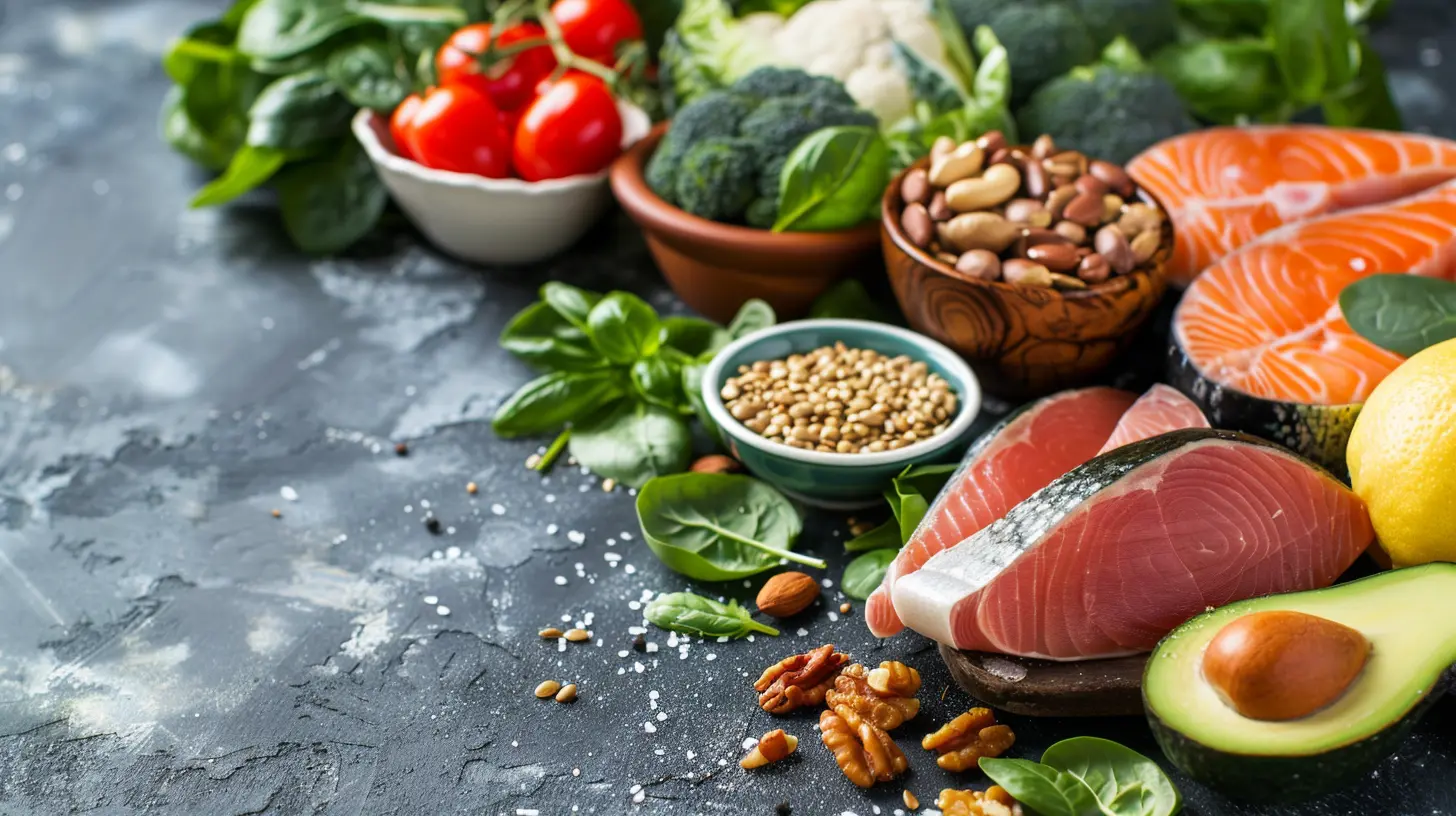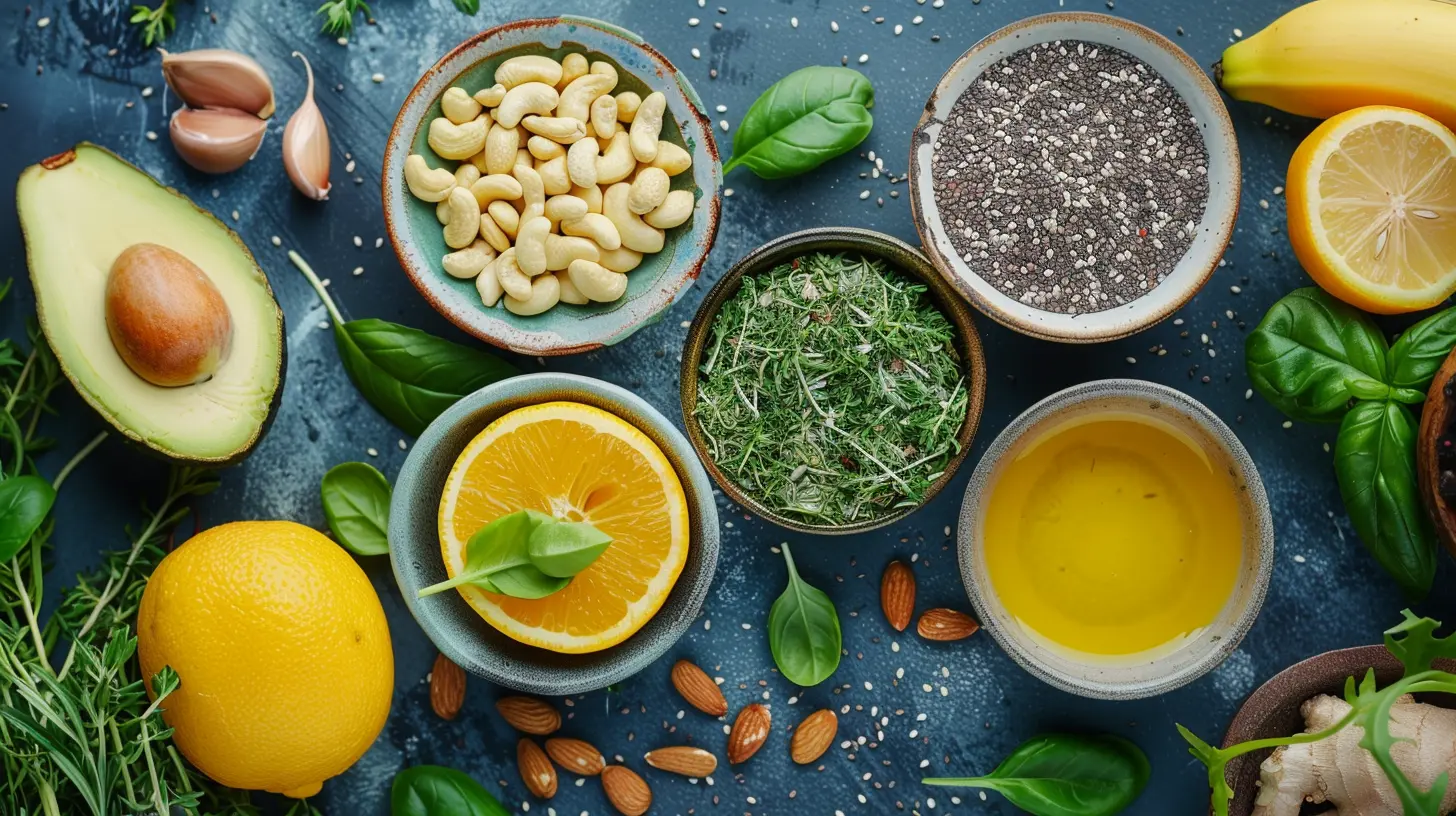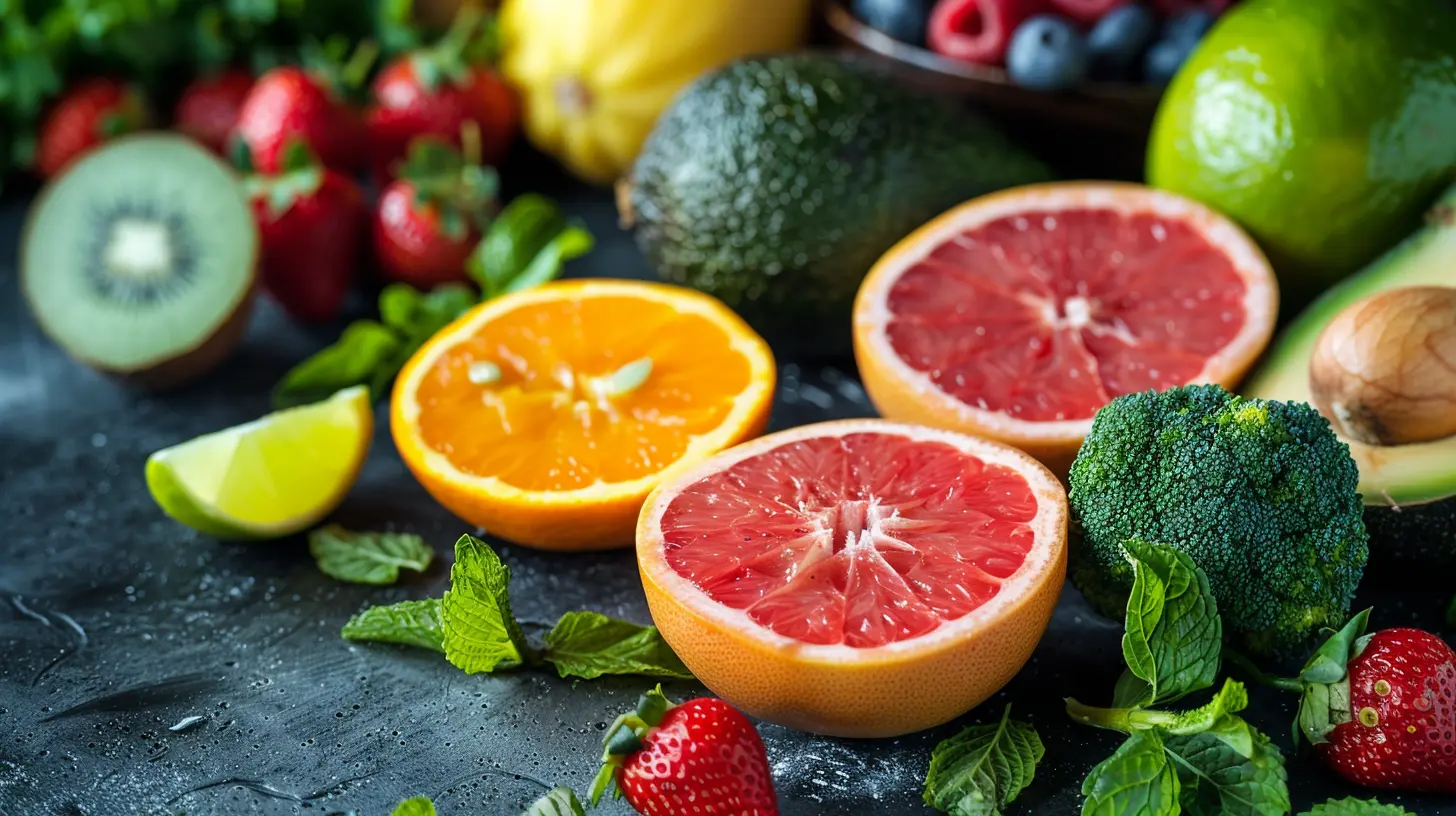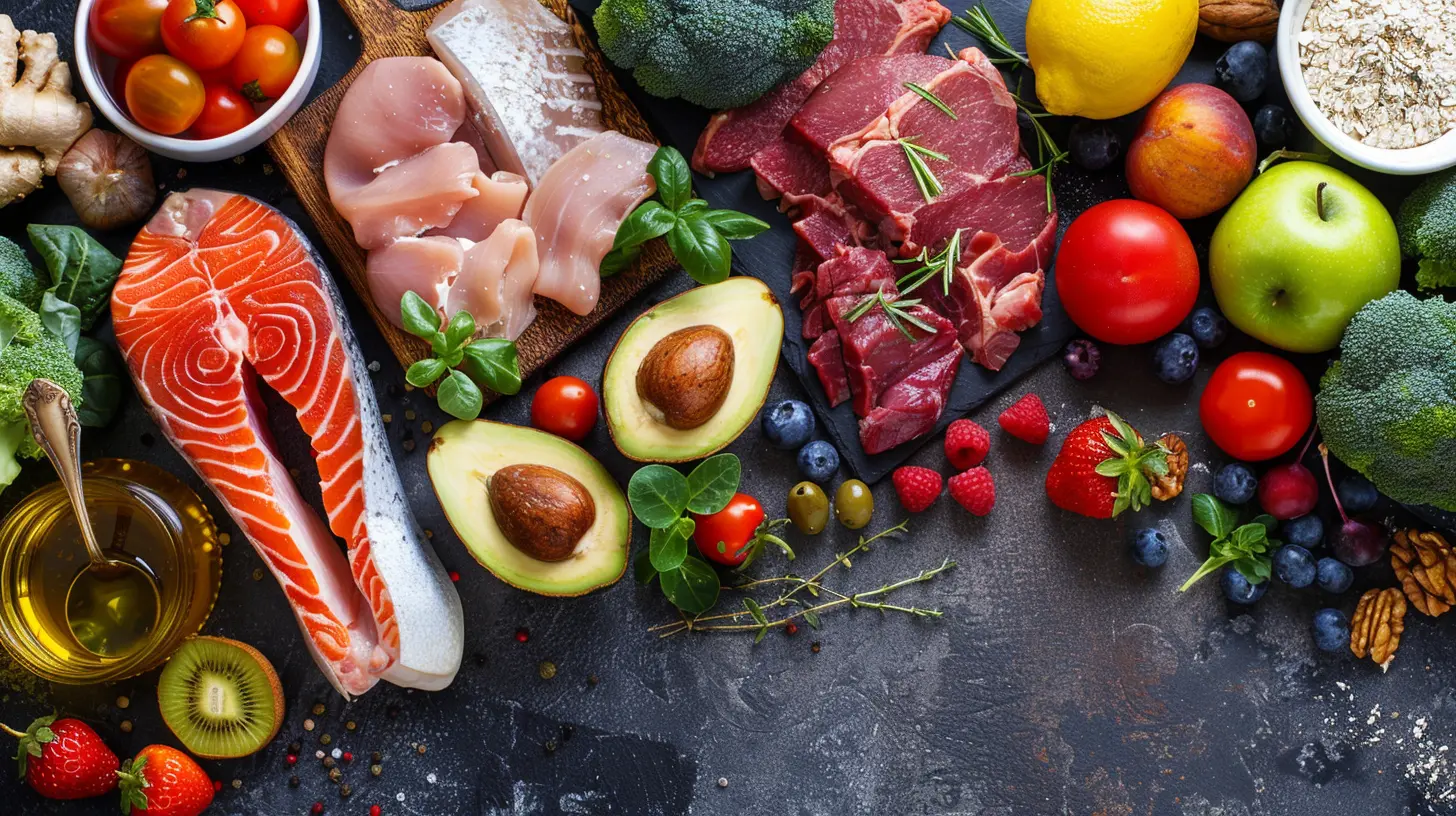How to Avoid the Keto Flu: Tips for a Smooth Transition
12 July 2025
Starting a ketogenic diet can be exciting, but many people face an unpleasant side effect known as the "keto flu." If you've heard about it, you might be a bit nervous. Don't worry—it's not an actual flu, and you can take steps to avoid it or minimize its effects.
In this guide, we’ll break down what keto flu is, why it happens, and—most importantly—how you can prevent it. Let’s set you up for success so you can enjoy the benefits of keto without unnecessary discomfort. 
What is Keto Flu?
Keto flu refers to a collection of symptoms some people experience when transitioning to a low-carb, high-fat diet. As your body switches from using carbohydrates to fat for fuel, you may feel sluggish, irritable, or even nauseous.Think of it like a withdrawal phase—your body has been running on carbs for years, and suddenly, you're cutting them off. Naturally, there's going to be some resistance before it adapts to burning fat efficiently. 
Symptoms of Keto Flu
Not everyone experiences keto flu, but if you do, the symptoms may include:- Headaches
- Fatigue
- Nausea
- Muscle cramps
- Irritability
- Brain fog
- Difficulty sleeping
- Sugar cravings
These symptoms typically last from a few days to a week, but for some, they can persist longer. The good news? You can significantly reduce or even avoid keto flu with the right approach. 
Tips to Avoid Keto Flu
Now that you know what keto flu is, let’s talk about how to prevent it. With a little preparation, you can transition smoothly into ketosis without feeling miserable.1. Increase Your Electrolytes
One of the main reasons people feel awful during the first few days of keto is because of electrolyte loss. When you reduce carbs, your body sheds water—along with essential minerals like sodium, magnesium, and potassium.How to fix it?
- Sodium: Add more salt to your food or drink bone broth.
- Potassium: Eat foods like avocados, spinach, and salmon.
- Magnesium: Take a supplement or incorporate nuts and dark leafy greens into your diet.
Staying on top of your electrolytes can make all the difference in how you feel.
2. Stay Hydrated
Water plays a crucial role in helping your body adjust to keto. Since you’ll be losing water weight initially, dehydration can hit you hard.Aim to drink at least 8–10 glasses of water per day, and if you’re feeling extra tired or have a headache, up your intake. A pinch of sea salt in your water can help with fluid retention and prevent dizziness.
3. Eat Enough Fats
Switching to keto means your body will be relying on fat for energy instead of carbs. Many beginners make the mistake of not eating enough fat, leaving them sluggish and hungry.To make the transition easier, increase your healthy fat intake with:
- Avocados
- Olive oil
- Coconut oil
- Butter
- Nuts and seeds
- Fatty fish like salmon
Your body needs fuel, so don’t be afraid of healthy fats!
4. Reduce Carbs Gradually
If you go from eating lots of carbs to almost none overnight, your body might go into shock. Instead of making a sudden change, try gradually lowering your carb intake over a week or two.For example:
- Start by cutting out sugary drinks and processed carbs.
- Then, reduce starchy vegetables like potatoes and bread.
- Finally, shift to a full keto-friendly meal plan.
This slow adjustment can help your body transition more smoothly into ketosis.
5. Get Enough Sleep
Adjusting to keto can be rough on your energy levels at first, and not getting enough sleep makes it worse. Poor sleep can increase stress, slow down your metabolism, and make keto flu symptoms more intense.Try to:
- Get 7–9 hours of sleep per night.
- Establish a bedtime routine.
- Avoid screens an hour before bed (blue light messes with melatonin production).
- Keep your room cool and dark.
Rest is crucial for any diet change, and keto is no exception.
6. Don’t Overdo Workouts Initially
Feeling sluggish? That’s normal in the first few days of keto. This isn’t the time to push yourself with intense workouts. While exercise is great for your health, high-intensity exercises during the transition phase can make your fatigue worse.Instead, opt for gentle activities like:
- Walking
- Yoga
- Stretching
- Light strength training
Once your body adapts to burning fat for fuel (which usually takes a couple of weeks), you’ll likely regain your energy and be able to crush your workouts again.
7. Eat More Fiber
Constipation is another common complaint when starting keto. Since fiber-rich foods like whole grains and beans are limited, it’s easy to fall short on fiber.To keep things moving:
- Eat low-carb, high-fiber foods like avocados, chia seeds, flaxseeds, and leafy greens.
- Stay hydrated (water + fiber = better digestion).
- Consider adding a psyllium husk supplement if necessary.
A happy gut makes for a much smoother keto experience.
8. Listen to Your Body
Every person’s experience on keto is different. Some transition with no issues, while others feel sluggish for a few days. The key is to listen to your body and adjust accordingly.Feeling extra tired? Take a rest day.
Experiencing intense cravings? Double-check your fat intake.
Lightheaded? Up your electrolytes and water consumption.
Your body is adapting to a new fuel source—be patient and give it what it needs. 
How Long Does Keto Flu Last?
If you do experience keto flu, don’t panic! It usually lasts 3–7 days, though some might feel lingering symptoms for a couple of weeks.By following the tips above, you can drastically shorten or even prevent keto flu altogether. The key is preparation—hydration, electrolytes, enough fat, and a smooth transition into keto.
Final Thoughts
Starting keto doesn’t mean you have to suffer through miserable flu-like symptoms. With the right approach—proper hydration, balanced electrolytes, gradual carb reduction, and enough fats—you can avoid the dreaded keto flu entirely.Your body is undergoing a major shift, so give it the support it needs. Soon enough, you’ll reap the benefits of ketosis: better energy, mental clarity, and improved fat-burning.
So, if you’re about to jump into the keto lifestyle, take these precautions, and you’ll set yourself up for success. Happy keto-ing!
all images in this post were generated using AI tools
Category:
Keto DietAuthor:

Arthur McKeever
Discussion
rate this article
1 comments
Otis Conrad
As you embark on the keto journey, beware the lurking shadows of the keto flu. Discover the secrets to a seamless transition and protect your vitality from the unexpected. Are you ready?
July 21, 2025 at 4:00 PM

Arthur McKeever
Absolutely! Staying well-hydrated, replenishing electrolytes, and easing into the diet gradually can help you avoid the keto flu. Let's make this journey smoother together!


